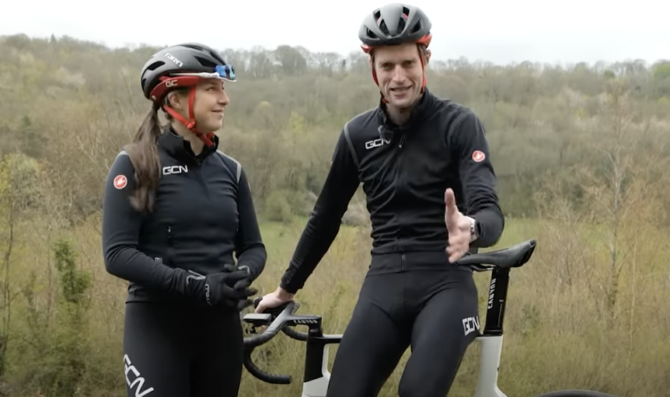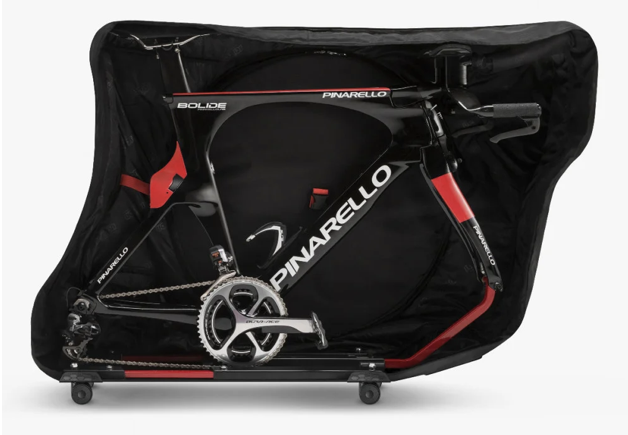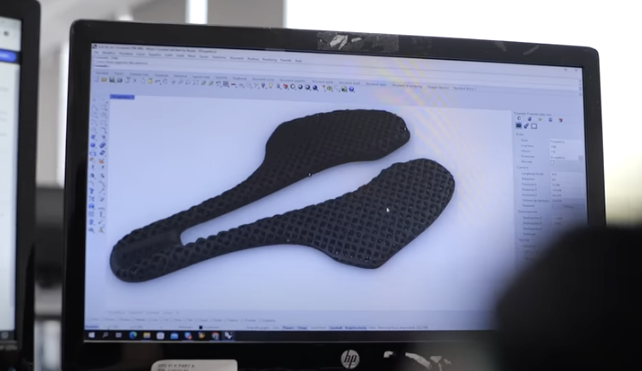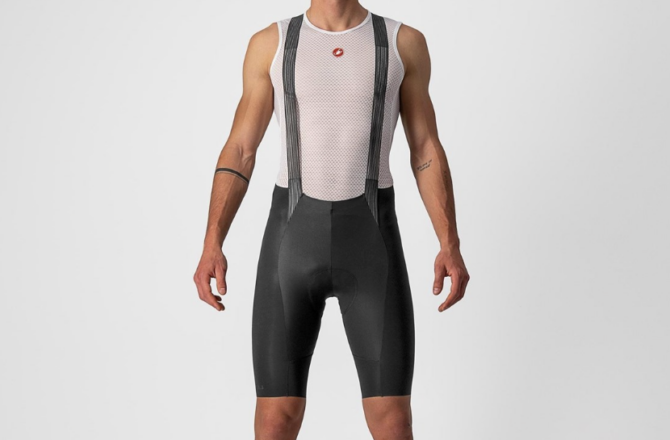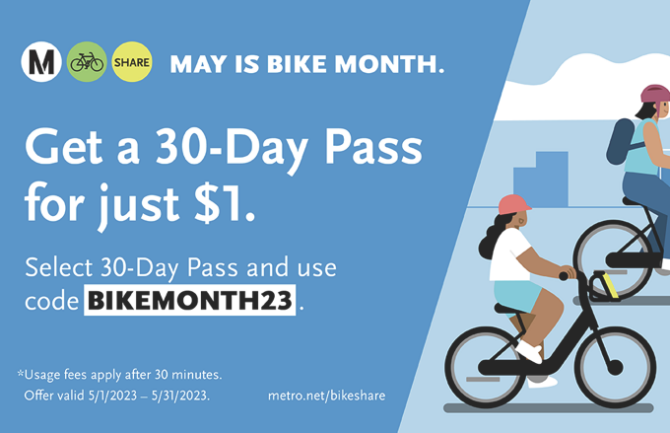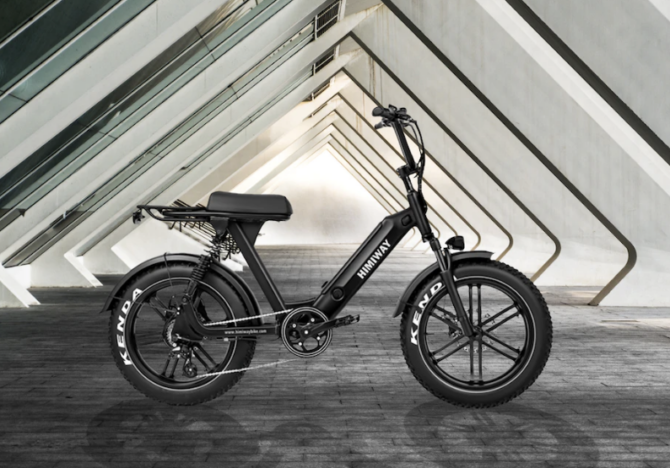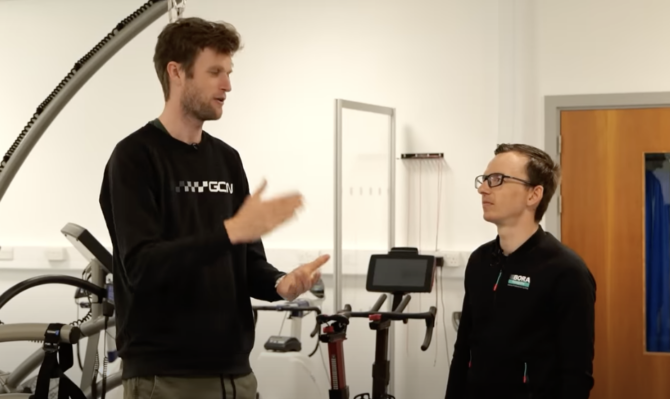What are the BEST bike upgrades you can make to your cycling? Finding some extra speed, but also keeping the comfort! Manon & Conor are here to help you with your next big upgrade…and they might not be what you think! 🤔
From CyclingNews.com
By
The best bike boxes and travel cases these days are incredibly well-designed. Many cyclists travel abroad with their bikes for holidays or to compete. This means flying with your bike which can be a daunting proposition. Most of us have heard horror stories of riders opening their bike bags to find a damaged bike inside after a flight. Choosing the right bike travel case or box will ensure your bike is protected and will make your journey easier, meaning you can relax and just enjoy riding.
Another thing you might want to consider while travelling with your bike is an insurance option. Even with one of the best travel bike travel cases things do occasionally happen. We have a list of the best bike insurance options, some of which cover your bike even when travelling, so if the unthinkable happens and your bike doesn’t arrive in one piece, you’ll want to have insurance in place to help ease the blow.
You might also want to check out our list of the best bike torque wrenches. Modern bike components have specific torque specs and some of the options on our list will require some disassembly of your bike before use. Don’t get caught at your destination without the tools you need to ensure your bike goes back together exactly how it’s meant to. With those considerations in mind, please keep reading to see our list of the best bike travel cases and the best bike travel bags available today.
From BikeRadar.com
By Jack Evans
EF Education-EasyPost will switch to a 72 per cent recycled Rapha kit for the Giro d’Italia, adding yellow to the team’s already colourful wardrobe.
The new EF Giro Switch-Out kit is much less pink than the strip the WorldTour teamhas ridden in the 2023 season.
This is to avoid clashing with the Maglia Rosa – the general classification leader’s jersey at the Giro d’Italia.
It follows previous switch-out kits used by the team at the race, including 2021’s Euphoria kit and the duck-themed collaboration with Palace skateboards.
From pink to yellow
Rapha has swapped the lighter shade of pink on the front for yellow, and tinted the sleeves lime and dark green.
The top half of the back is also yellow and sits above an orange strip with two recycling logos.
The bib shorts use the same dark green as the jersey and two different shades of blue.
Image courtesy of Rapha
3D-printed saddles, what are they and how are they made! With the help of our friends at Selle Italia, they’ve invited Alex to find out and show you the process of how we end up with a saddle just like this! What do you make of 3D-printed saddles?
From Road.cc
Ride for longer and in more comfort with the best cycling bib shorts for every budget
A good pair of cycling bib shorts is the most important item in a cyclist’s wardrobe. Find the right pair for you with this definitive road.cc guide. Our male and female testers have logged thousands upon thousands of miles in the saddle to find out which shorts really are the best.
With shoulder straps to hold them in place and a pad to prevent chafing, cycling bib shorts made from a Lycra-blend fabric are very comfortable for long rides.
As you’d probably expect, more expensive shorts generally perform better in that they tend to be more comfortable for longer, but there are some bargain exceptions so don’t rule out cheaper options.
Winter cycling bib shorts are made from thicker, warmer fabrics, often with water-repellency built in. If you don’t want to ride with exposed skin, you can team them up with some of the best leg warmers.
Cycling bib shorts for women are cut for the female anatomy and often have straps designed to make toilet breaks easier.
May is National Bike Month — which is right around the corner! Join Metro to learn more about the many benefits of cycling as we embrace this sustainable and healthy way to get to work – or anywhere you need to go.
Bike Week is May 15-19 and Bike Day is Thursday, May 18. There are lots of special promotions, contests and events to encourage people to bike to work—or even just to their nearby transit stop.
Did you know? All Metro buses include front loading bike racks, and that you can bring your bicycle on board Metro Rail? Even better, Metro will commemorate Bike Month by offering free rides to all commuters on Bike Day, Thursday, May 18, on all Metro buses and trains – no tapping required!
From CyclingWeekly.com
A Lamborghini-inspired gravel racer, NASA engineered airless tires, a cargo helmet, and more.
BY
Another year, another Sea Otter Classic for the books. Back in full, post-COVID, swing, there were some 900 brands vying for our attention while the California sun wore us down over at Leguna Seca Raceway venue.
It was far too much for one person to take in, so while our North American Editor, Anne-Marije Rook, provided us with round-ups of the latest and greatest she saw, I also put together a top 10 list of unique things that caught my attention.
Some new brands, some small brands, some big brands, and some futuristic brands, you get the gist. Enjoy!
Available to the public now is this limited edition the Lamborghini Huracán Sterrato– inspired 3T Exploro RaceMax Italia Gravel bike for anyone looking to match their Lamborghini.
Image courtesy of 3T
From SpectrumNews.com
BY
SACRAMENTO, Calif. — California’s highly anticipated e-bike incentive is expected to begin within the second quarter of the year, the Air Resources Board announced Wednesday.
The $7.5 million program will be limited to state residents ages 18 or older with a gross annual household income less than 300% of the federal poverty level.
The base incentive is $1,000 but can be as much as $2,000.
Qualifying individuals can receive an additional $750 for cargo and adaptive e-bikes and another $250 if they reside in a disadvantaged or low-income community or have a gross income that is 225% or less than the federal poverty level.
Only one incentive is available per individual.
Photo by Himiway Bikes on Unsplash
Pro cyclists can now eat as many as 200g of carbohydrate per hour, as Conor recently found out in our deep dive video with Bora-Hansgrohe nutritionist Tim Podlogar. So, should we all be eating more carbs when cycling? Conor and Manon find out by going on a ride where Conor eats 200g carbs per hour and Manon fuels normally. Who will be freshest at the end?

